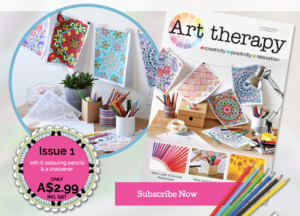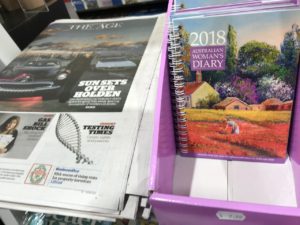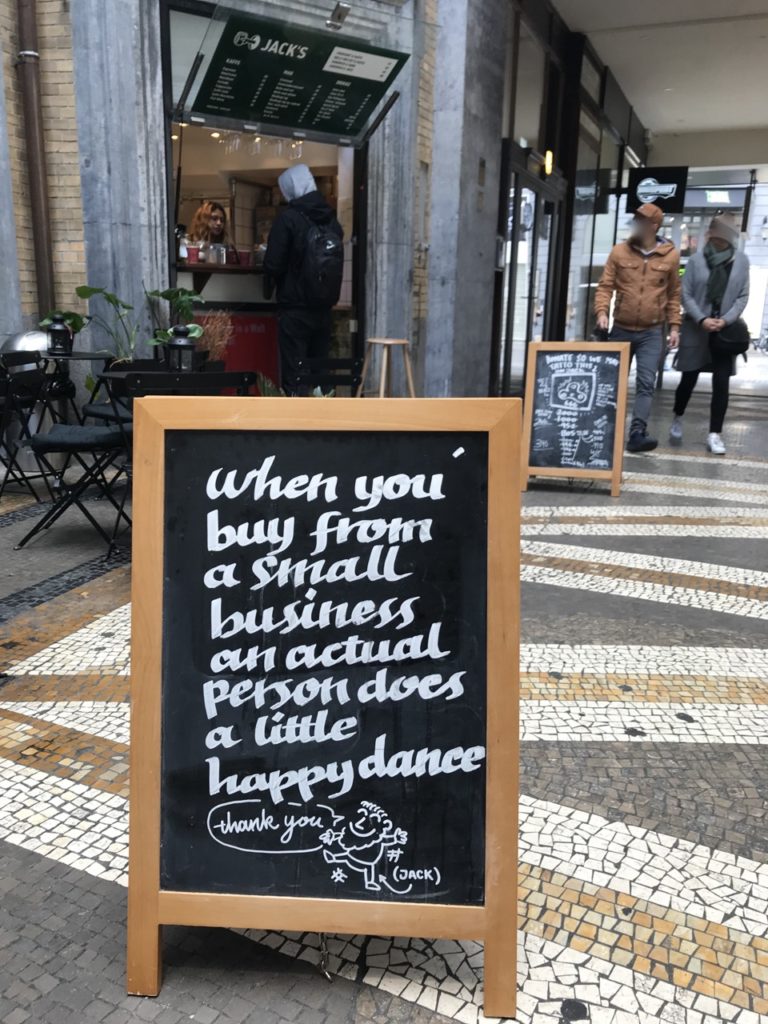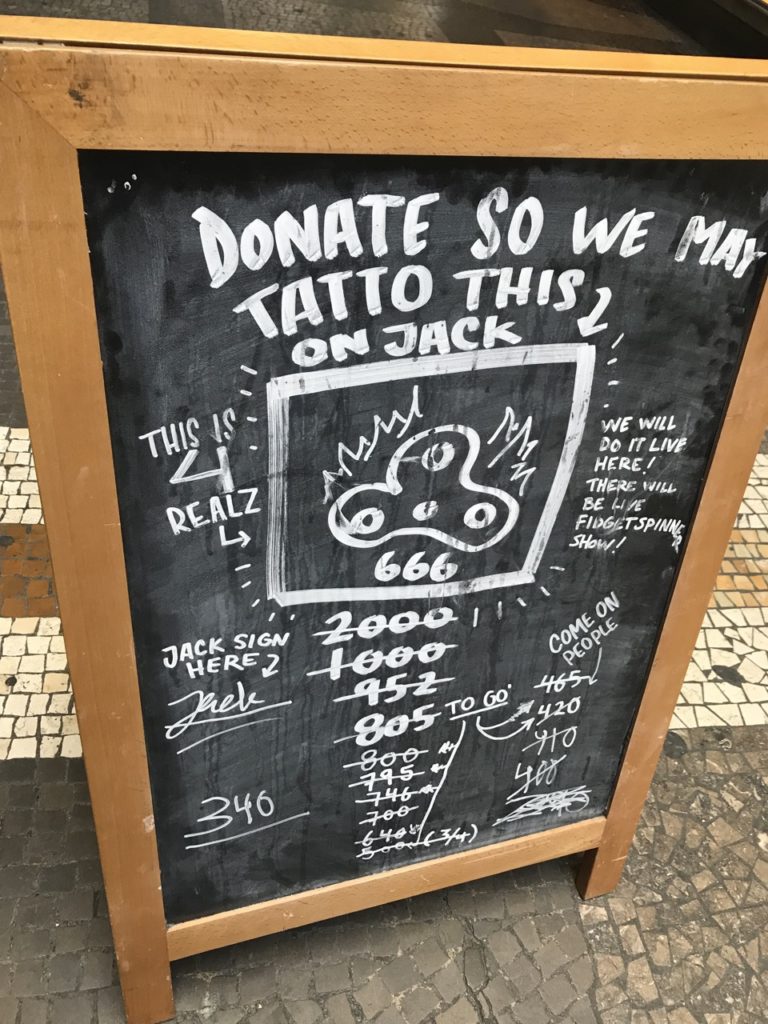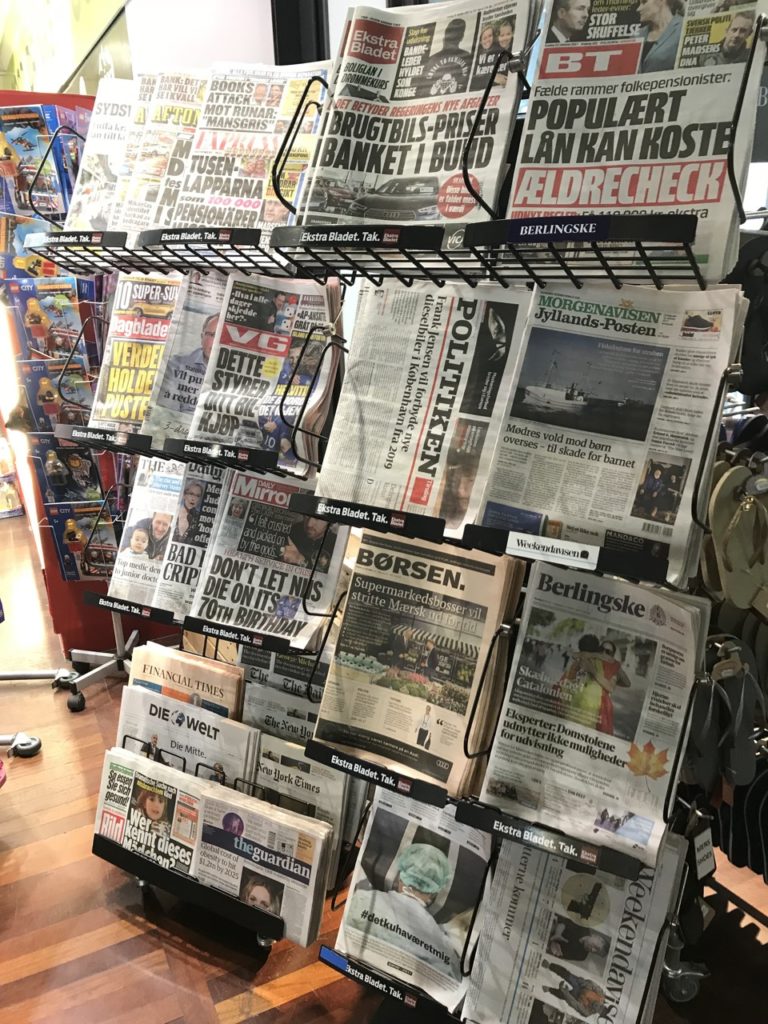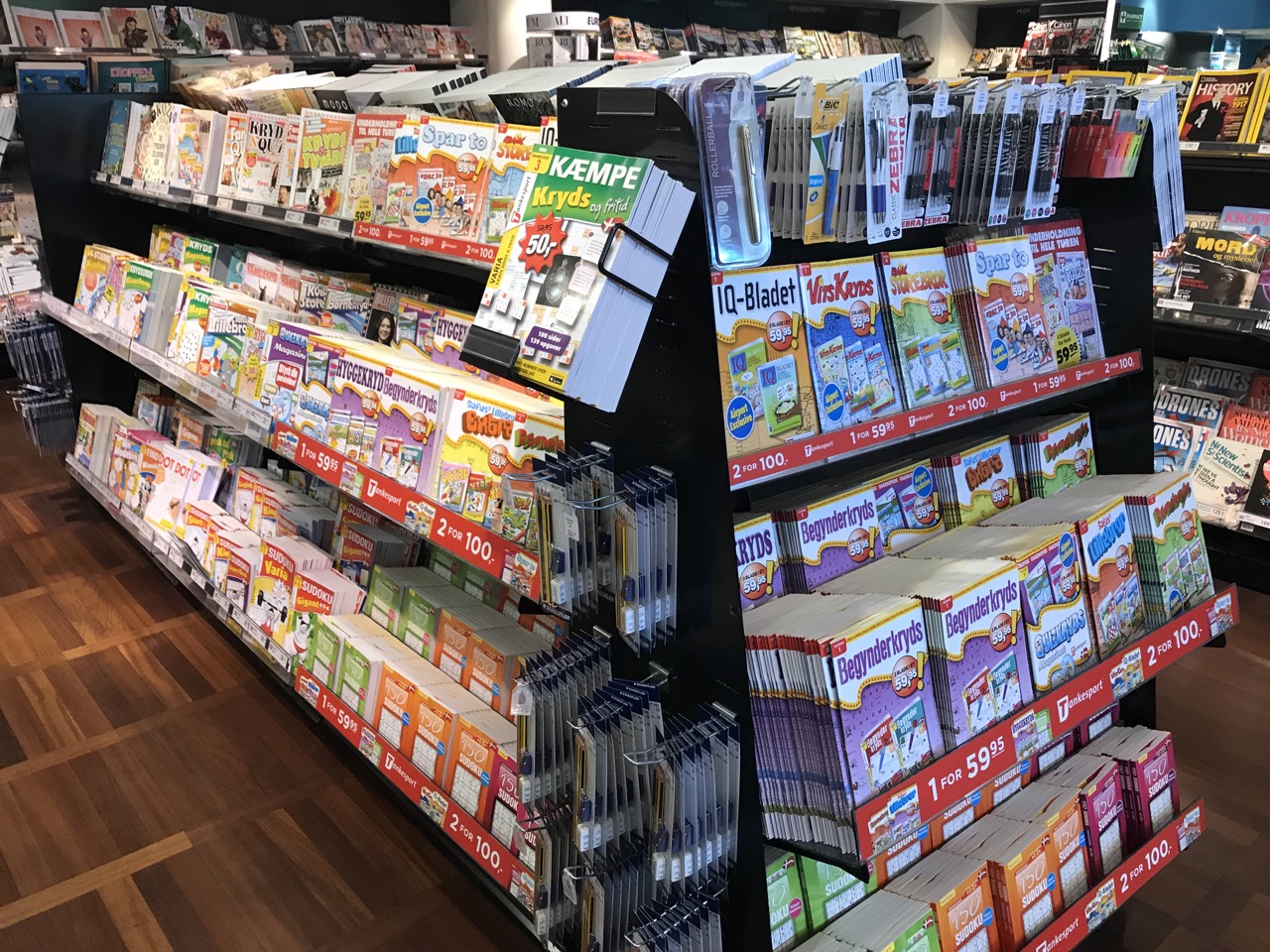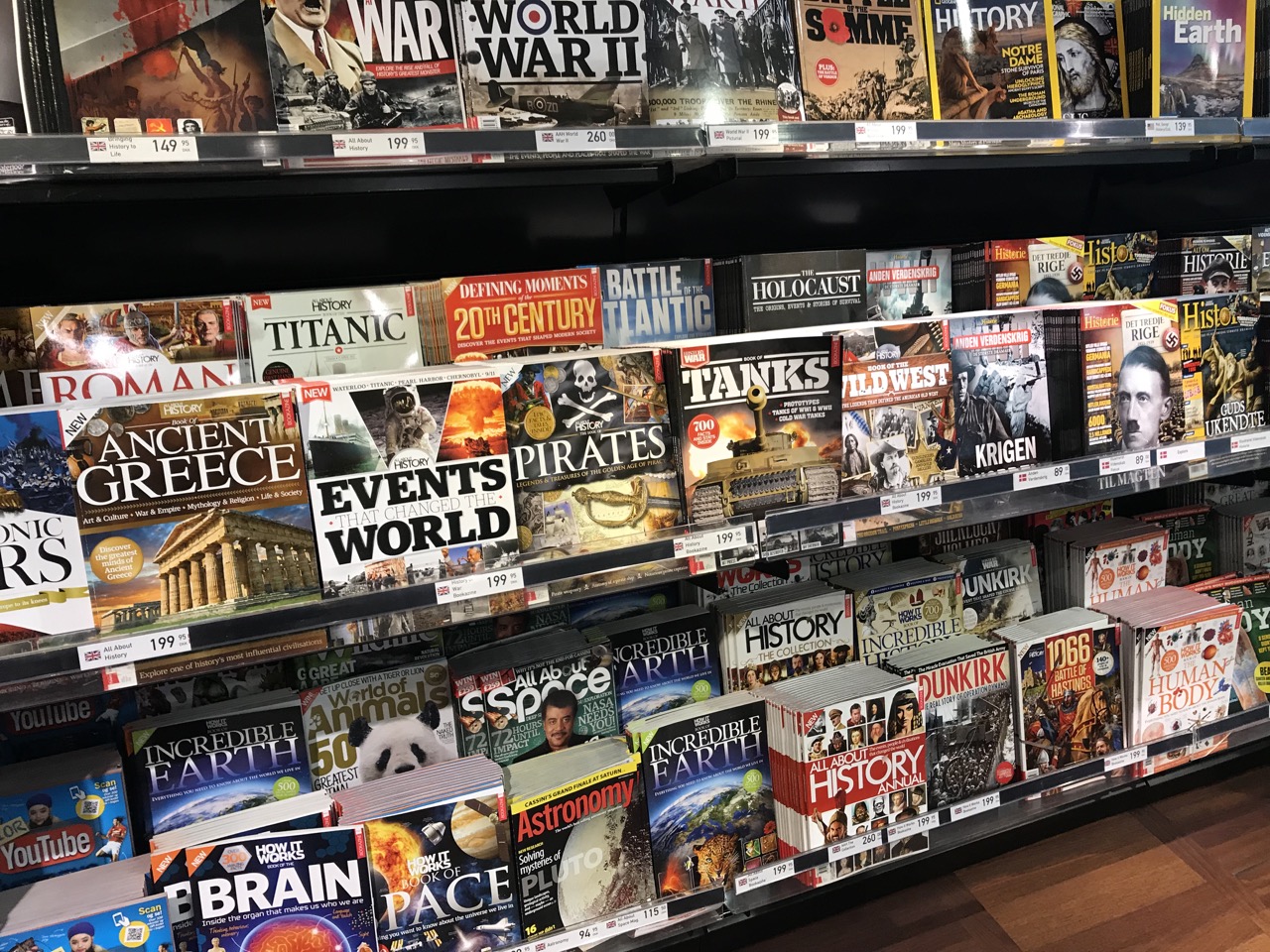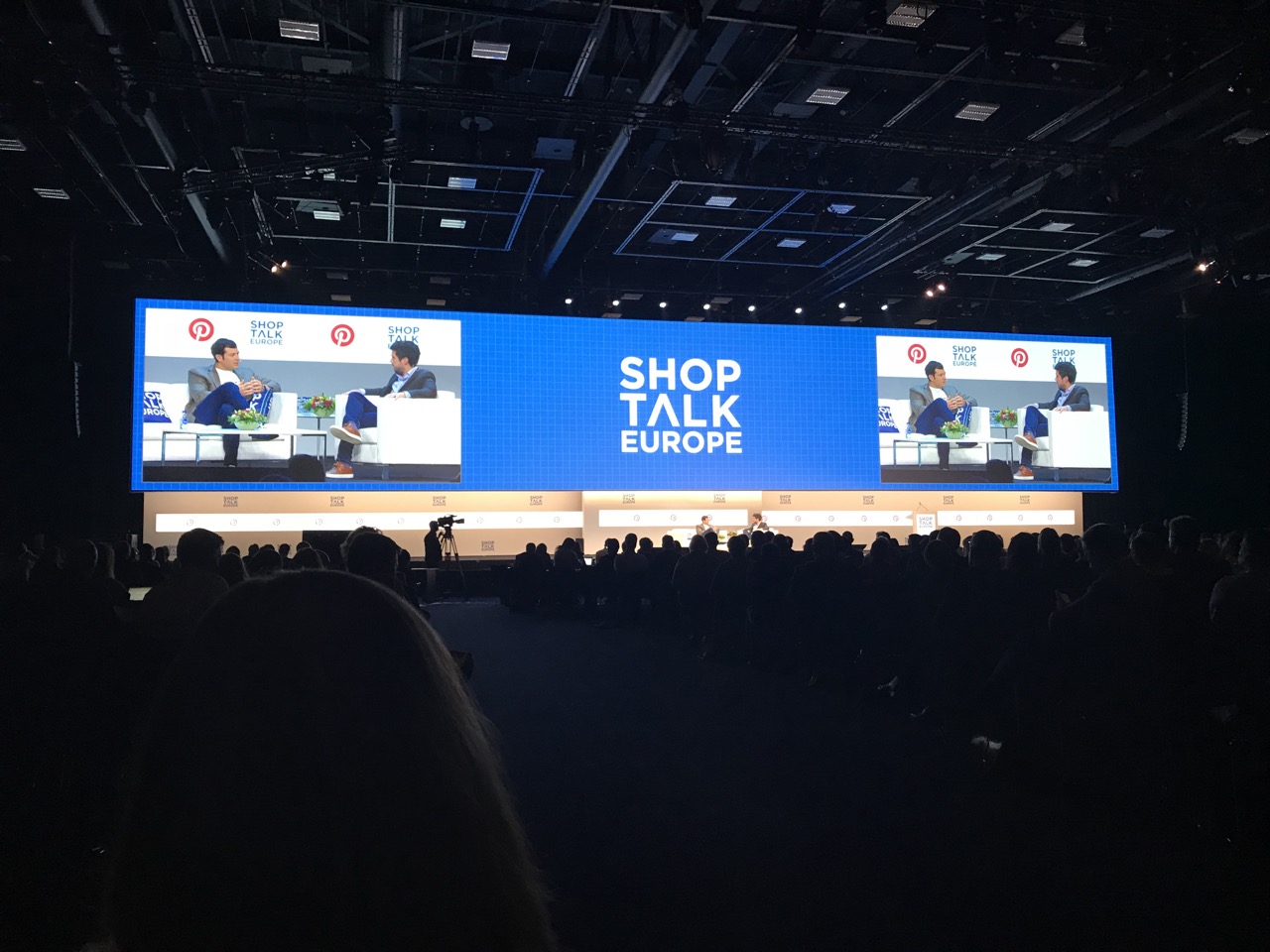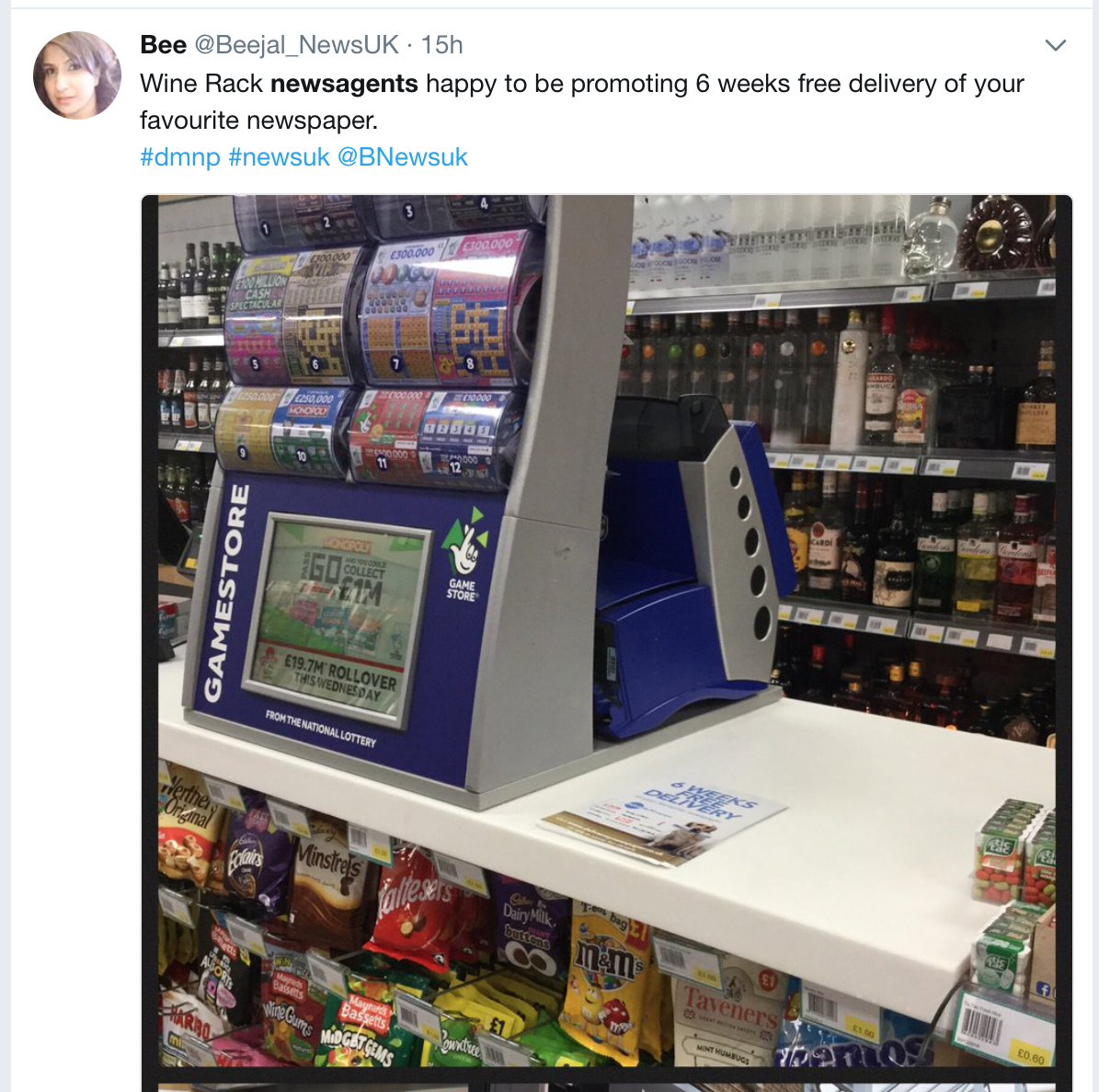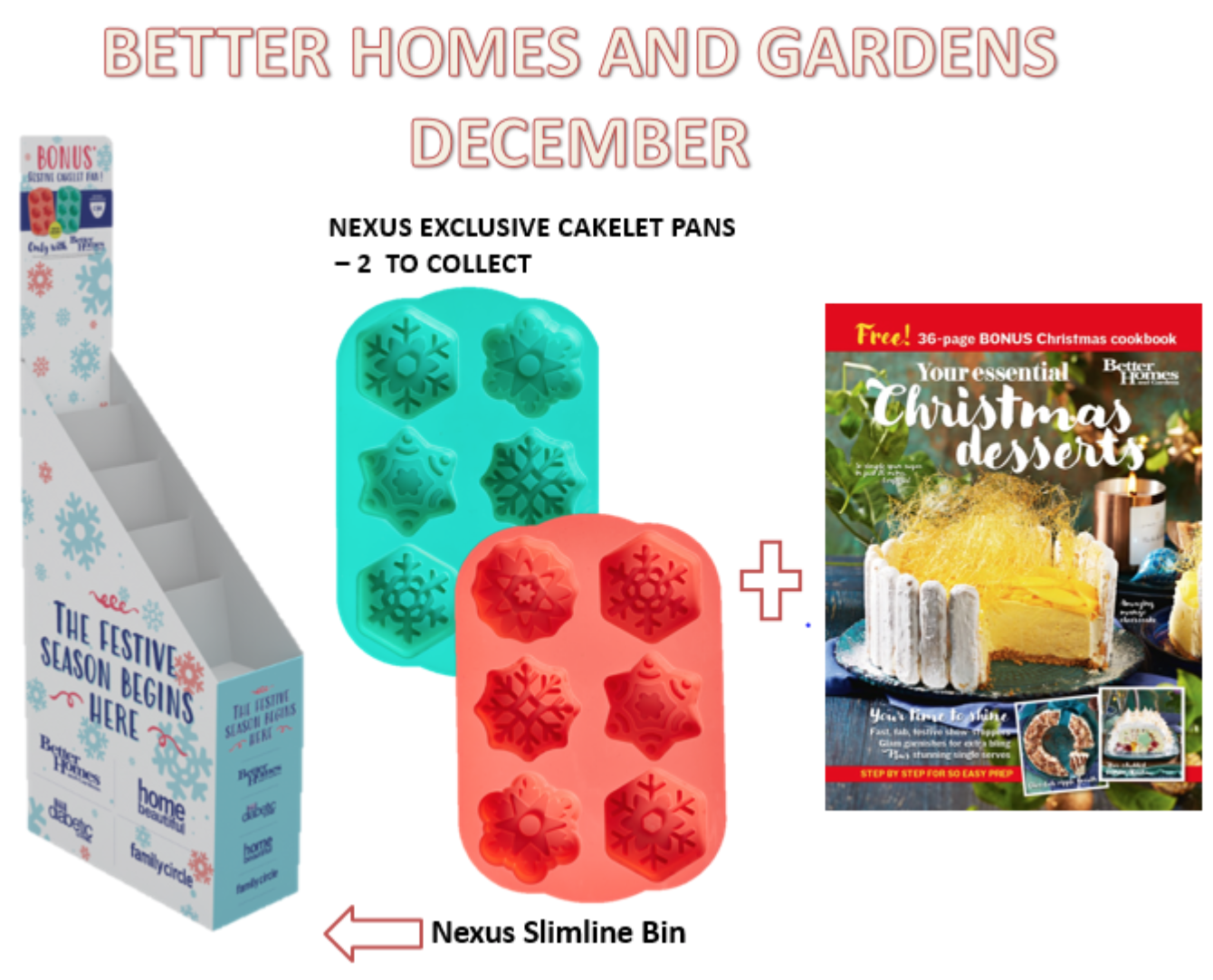Campaign promoting no minimum on card use
This Mastercard campaign promoting no minimum for card use to pay for a purchase will further educate shoppers to seek out retailers with no minimum.
I like the benefits for retailers that they list at their website:
- In addition to missing out on up to 40 percent of their business if they impose restrictions on low value transactions, retailers will find that cashless payments are quicker, cleaner and safer: Quicker: With options such as MasterCard contactless technology, payments are virtually instantaneous meaning faster queues and the ability to serve more customers
- More hygienic: Not exchanging money means bills and coins with germs don’t change hands, that is especially important in the food service industry
- Safer: Card transactions reduce the volume of cash handling and the amount of cash exchanging hands, being transported or in the till therefore decreasing the risk of theft
I agree with all of these.
Check out this video illustrating customer engagement with a no minimum:
We have had no minimum in my stores for ages. It makes sense.
I understand the challenge for low-margin product, like agency product. However, for the benefits noted above I suspect I would also offer no minimum and for any agency line where it was not viable I’d stop supporting the agency line.
What I am after at the counter is less friction. To me, a minimum or a surcharge is friction. It is you giving your customers a reason to shop elsewhere. That does not make sense.
If you have a card minimum or have a card use surcharge and you are concerned about declining revenue, consider changing immediately to remove the friction of the current practice.


